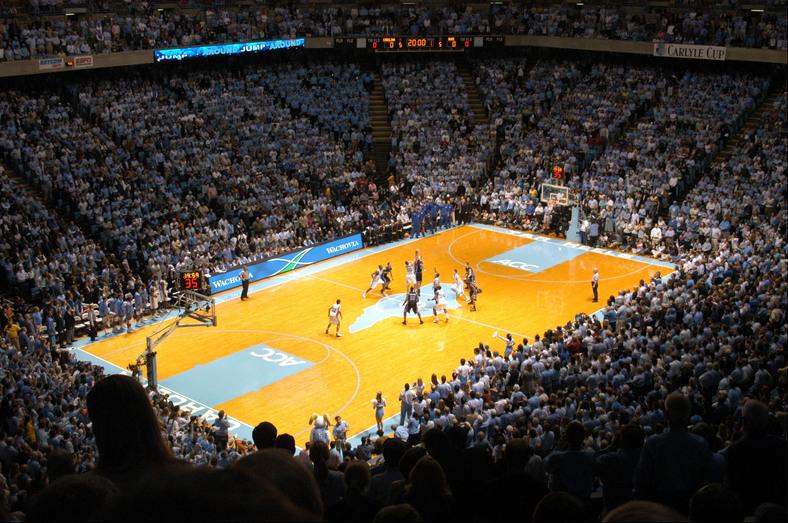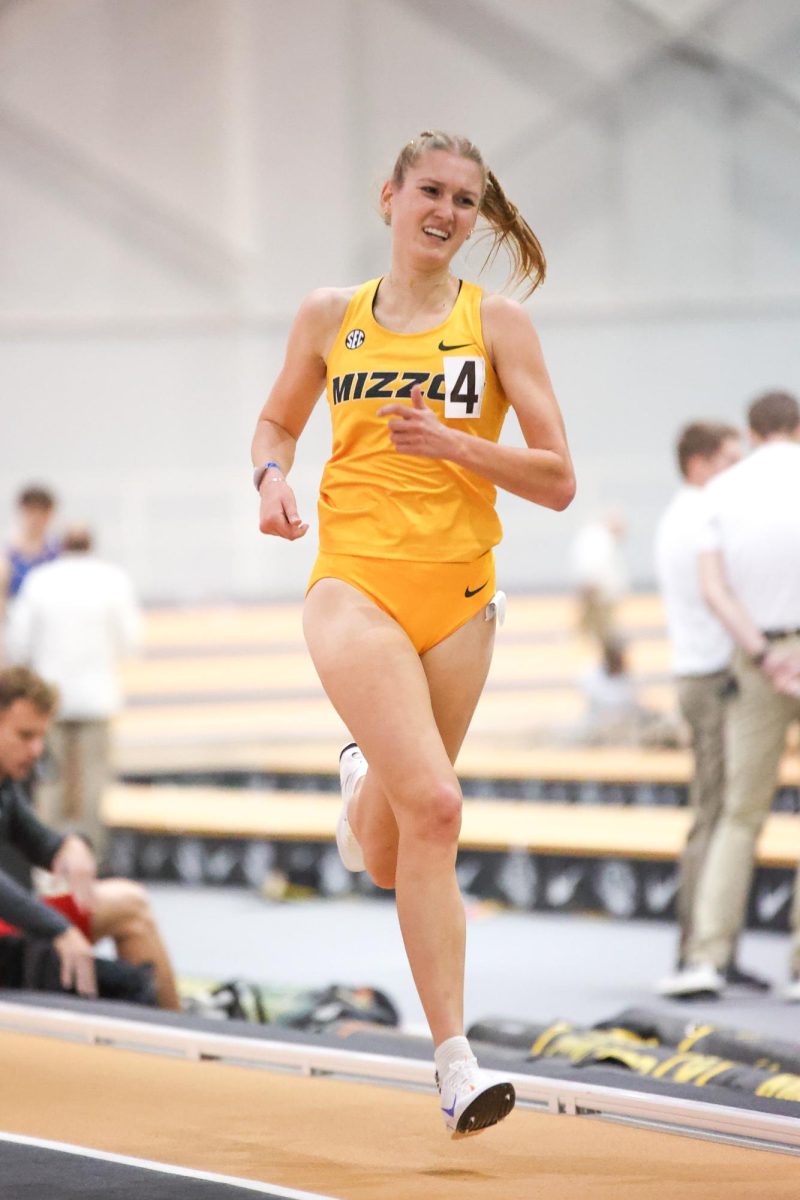When it comes to postseason sports tournaments, March Madness is one of the most anticipated. What other postseason competition can make people who don’t watch a single regular-season game feel so invested in who wins? The Super Bowl comes close, but it’s nothing like the three weeks of madness that college basketball offers.
March Madness constantly provides the chance of something crazy or unexpected happening. People cheer for the underdogs like their lives depend on it, because who doesn’t want Lehigh beating Duke, right? Those upsets are what makes the tournament so exciting, even for the people who couldn’t care less about college basketball for the other 11 months of the year.
People point to the parity and unpredictability of the tournament as reasons they get so into it. The mindset for most of the fans watching this tournament is, “South Carolina, Oregon and Gonzaga all made the Final Four for the first time? Count me in! Who needs the usual teams anyway?”
Miami Heat head coach Erik Spoelstra, who went to Portland for college, picked Gonzaga to win the title before the tournament started, and he credited it to the amount of parity in today’s college basketball.
“I think it’s changed dramatically since I was in college, when we were definitely mid-to-low-major,” Spoelstra told the Associated Press. “We were low-major. They were mid-major. I think there’s so much parity now in college basketball, and I think the Final Four is reflective of that this year.”
But, what if there isn’t as much parity in college basketball as it seems? Sure, Butler and VCU have made runs to the Final Four in recent years, and sure, three teams made the Final Four for the first time this year. But what about the other team in the Final Four? You know, the team that won it on Monday night? Oh, that’s right; it’s North Carolina, one of the perennial powers in the sport.
While there can be parity in the Final Four in any given year, the national champion usually comes from a select group of teams, a group that outsiders could only wish to someday join. What if I told you that 2.8 percent of the teams in college basketball have won 29 of the last 40 championships? That doesn’t seem much like parity to me.
In my book, there are ten programs that are above the rest and make up a group of “blue bloods,” separated into two tiers. In tier one, you have UCLA, Kentucky, North Carolina, Duke and Kansas, and in tier two, you have Indiana, Louisville, Connecticut, Michigan State and Syracuse. The blue bloods have won 29 of the last 40 championships. Tier one alone has won 17 championships.
Now, there is parity when it comes to a Final Four. Random teams can make a run and win a couple of games but when it comes to winning a national championship, it takes a special kind of program to do it. This is becoming even more the case in recent years. While some people claim that parity is higher than it ever has been in college basketball, the blue bloods are putting more of a stranglehold on the most coveted trophy.
In the last 20 years, 16 of the national championships have come from one of the blue blood programs. The other four? Villanova last year, the two Florida titles in 2006 and 2007 and Maryland in 2002. It’s only gotten more lopsided in the last decade. The blue blood programs have won nine of the last 10 national championships. I’m not seeing much parity anymore.
But this may be a good thing. Sure, it would have been awesome if Butler’s Gordon Hayward had hit the half-court shot at the buzzer to beat Duke in 2010. I mean who wouldn’t have loved that? But, in most years, it’s better if the best programs are playing for the championship.
Look at 2011 as an example. That Final Four had two blue bloods in Kentucky and Connecticut in a big-time battle. Those are the kind of teams that are used to being on the sport’s biggest stage. On the other side? An eighth seed in Butler and the No. 11-seeded VCU were battling for a spot in the national championship game. Sure, it was nice to see them win games early on, but then they took up half of the Final Four and shot very poorly from the floor. Butler then advanced to play Connecticut in what may have been the worst national championship game in recent memory, with UConn prevailing 53-41.
While it was fun for Butler and VCU to have their fun early on, there was a huge talent disparity in the title game. The randomness of the tournament got those two teams to the Final Four, but the blue bloods still prevailed.
Let it be clear: I am not against parity. I hope that there comes a time that anyone can win in any given year. That would make March Madness even more awesome. But for now, the power programs are in control of the sport, and the rest of the teams are just trying to keep up. They are blue bloods for a reason, right?
Anyone can go on a magnificent run to make the Elite Eight or Final Four, but if you want to win the whole thing, leave it to the blue bloods. They have it taken care of.
_Edited by Eli Lederman | [email protected]_




